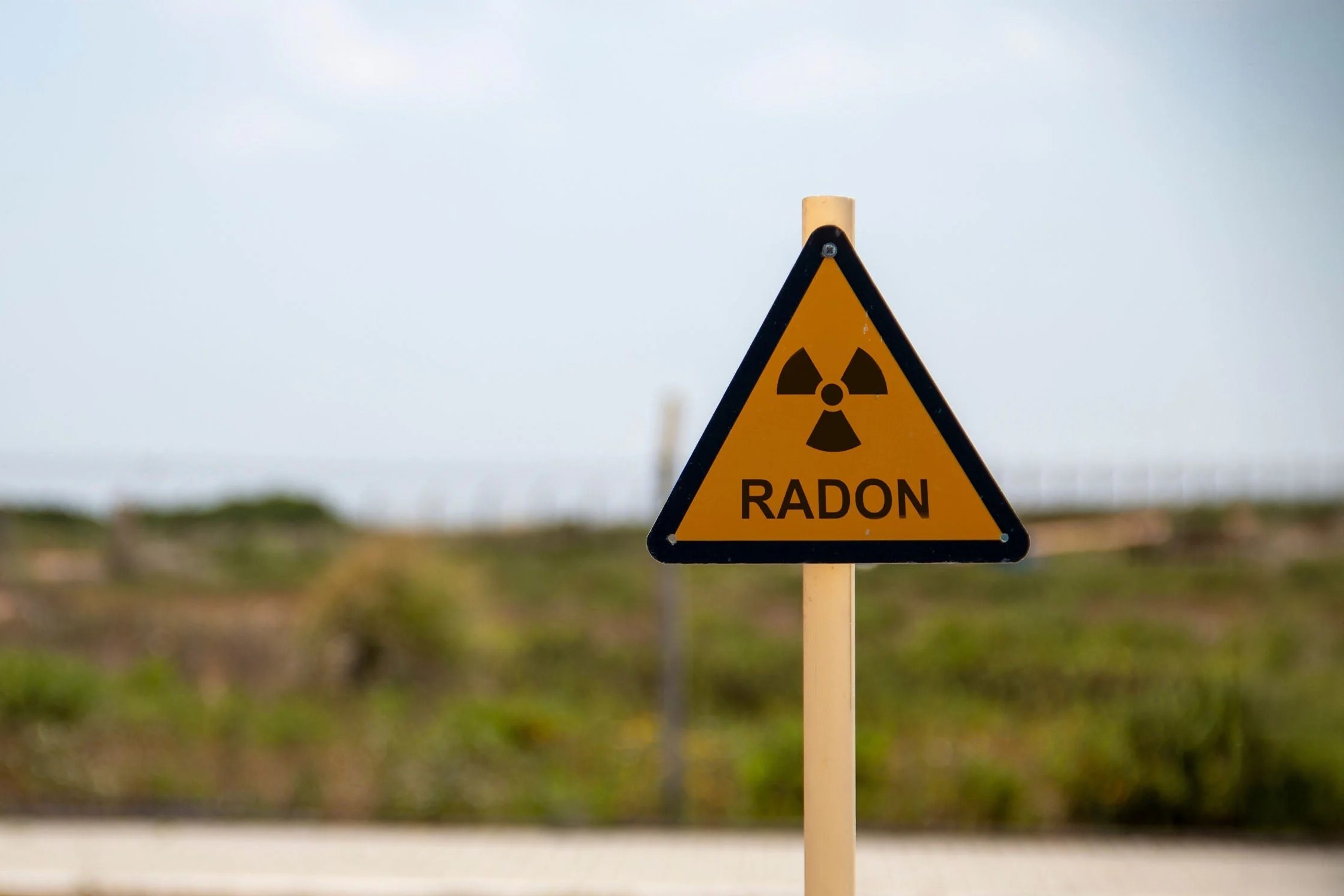
Radon is a sneaky gas that can be found in homes, schools, and workplaces. But what exactly is radon, and why should you care? Radon is a colorless, odorless radioactive gas that comes from the natural decay of uranium in soil, rock, and water. It can seep into buildings through cracks and gaps, potentially leading to serious health risks. High levels of radon exposure are the second leading cause of lung cancer after smoking. Understanding radon facts can help you protect your loved ones and ensure a safer living environment. Ready to learn more? Let’s dive into 50 essential facts about radon that everyone should know.
Key Takeaways:
- Radon, a sneaky radioactive gas, can seep into homes and pose serious health risks. Testing and mitigation are crucial for a safe living environment.
- Schools, workplaces, and even building materials can harbor radon. Awareness, testing, and preventive measures are key to staying safe from this silent threat.
What is Radon?
Radon is a naturally occurring radioactive gas. It’s colorless, odorless, and tasteless, making it hard to detect without specialized equipment. Understanding radon is crucial for health and safety.
- Radon is produced from the natural decay of uranium found in soil, rock, and water.
- It can seep into homes through cracks in floors, walls, and foundations.
- Radon is the second leading cause of lung cancer after smoking.
- The gas is measured in picocuries per liter (pCi/L) of air.
- The Environmental Protection Agency (EPA) recommends action if radon levels exceed 4 pCi/L.
Health Risks of Radon
Radon exposure poses significant health risks. Knowing these risks can help in taking preventive measures.
- Long-term exposure to high levels of radon can lead to lung cancer.
- Smokers exposed to radon have a higher risk of developing lung cancer.
- Radon exposure is responsible for about 21,000 lung cancer deaths annually in the United States.
- Children may be more sensitive to radon exposure due to their higher respiratory rates.
- Radon-induced lung cancer symptoms include persistent cough, chest pain, and shortness of breath.
Radon in Homes
Radon can infiltrate homes in various ways. Understanding how it enters can help in mitigating its presence.
- Radon can enter homes through gaps around service pipes.
- It can also seep in through construction joints.
- Homes with basements or crawl spaces are more susceptible to radon infiltration.
- Radon levels can vary significantly from one home to another, even in the same neighborhood.
- Testing is the only way to know if a home has high radon levels.
Testing for Radon
Testing for radon is essential for ensuring a safe living environment. Here’s how to go about it.
- Short-term radon tests can take between 2 to 90 days.
- Long-term tests provide a more accurate annual average and last more than 90 days.
- Radon test kits are available at hardware stores and online.
- Professional radon testers can also be hired for more accurate results.
- The best time to test for radon is during the colder months when homes are sealed.
Reducing Radon Levels
If high radon levels are detected, steps can be taken to reduce them. Here are some effective methods.
- Increasing ventilation in the home can help reduce radon levels.
- Sealing cracks and openings in floors and walls can prevent radon entry.
- Installing a radon mitigation system can significantly lower radon levels.
- Sub-slab depressurization is a common mitigation technique for homes with basements.
- Regularly testing after mitigation ensures that radon levels remain low.
Radon in Water
Radon can also be present in water, particularly from underground sources. Here’s what you need to know.
- Radon in water can contribute to indoor air radon levels.
- Private wells are more likely to have radon than public water supplies.
- Showering and other water uses can release radon into the air.
- Granular activated carbon filters can remove radon from water.
- Aeration systems can also effectively reduce radon levels in water.
Radon in Schools and Workplaces
Radon isn’t just a concern at home. Schools and workplaces can also have elevated radon levels.
- Schools should test for radon every five years.
- Radon levels in classrooms can vary depending on the building’s construction.
- Workplaces, especially those below ground level, should also be tested.
- Employers are responsible for ensuring a safe working environment, including radon testing.
- Mitigation systems in schools and workplaces function similarly to those in homes.
Radon and Building Materials
Some building materials can emit radon. Knowing which materials pose risks can help in making safer choices.
- Granite countertops can emit small amounts of radon.
- Concrete and brick can also release radon, though typically at low levels.
- Building materials sourced from areas with high uranium content are more likely to emit radon.
- Using radon-resistant construction techniques can help reduce radon levels in new buildings.
- Radon barriers and venting systems can be installed during construction to prevent radon buildup.
Global Radon Levels
Radon levels vary around the world. Understanding these variations can provide a broader perspective on radon risks.
- Some regions have naturally higher radon levels due to geological factors.
- Countries like Finland and Sweden have high average indoor radon levels.
- The World Health Organization (WHO) recommends a radon reference level of 100 Bq/m³.
- Radon awareness and testing programs vary widely between countries.
- International cooperation is essential for addressing global radon risks.
Radon Research and Future Directions
Ongoing research continues to improve our understanding of radon and how to manage it.
- New technologies are being developed for more accurate radon detection.
- Studies are exploring the health effects of low-level radon exposure.
- Research is also focused on improving radon mitigation techniques.
- Public health campaigns aim to raise awareness about radon risks.
- Future building codes may include stricter radon-resistant construction requirements.
Radon Facts Recap
Radon, a sneaky gas, often goes unnoticed in homes. It's colorless, odorless, and radioactive. Long-term exposure can lead to lung cancer, making it a silent threat. Testing your home is crucial since radon levels can vary greatly. Simple test kits are available, and mitigation systems can reduce high levels. Remember, radon comes from the natural breakdown of uranium in soil, rock, and water. It can seep into buildings through cracks and gaps. Smokers are at a higher risk when exposed to radon. Awareness and action are key to protecting your health. Regular testing and proper ventilation can make a big difference. Stay informed and proactive about radon to ensure a safer living environment.
Frequently Asked Questions
Was this page helpful?
Our commitment to delivering trustworthy and engaging content is at the heart of what we do. Each fact on our site is contributed by real users like you, bringing a wealth of diverse insights and information. To ensure the highest standards of accuracy and reliability, our dedicated editors meticulously review each submission. This process guarantees that the facts we share are not only fascinating but also credible. Trust in our commitment to quality and authenticity as you explore and learn with us.


